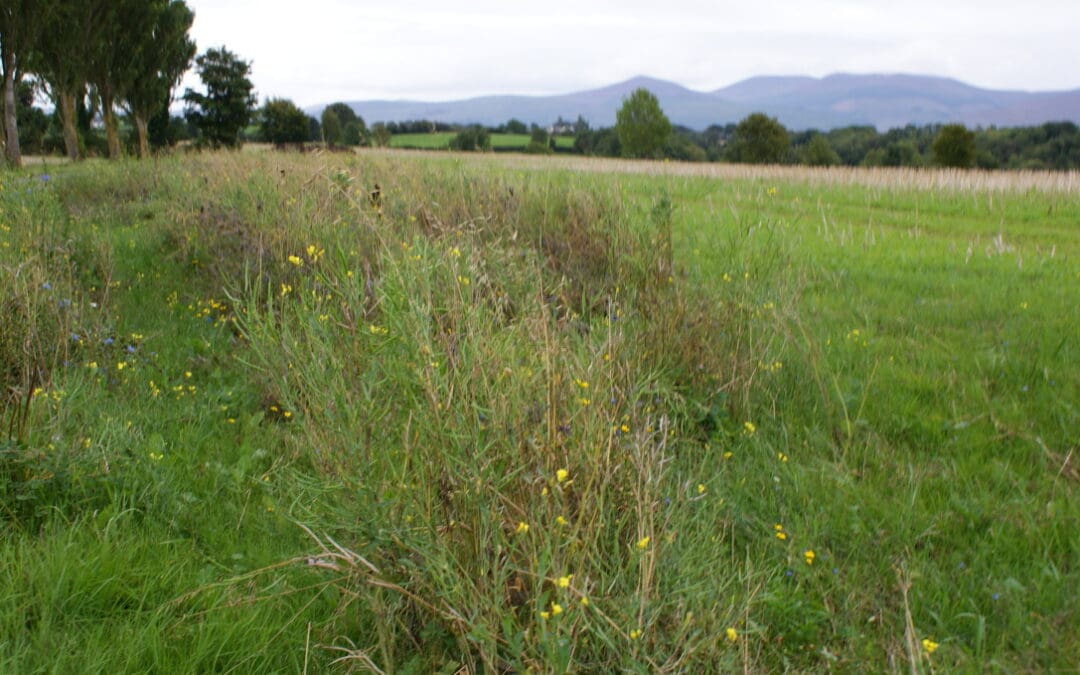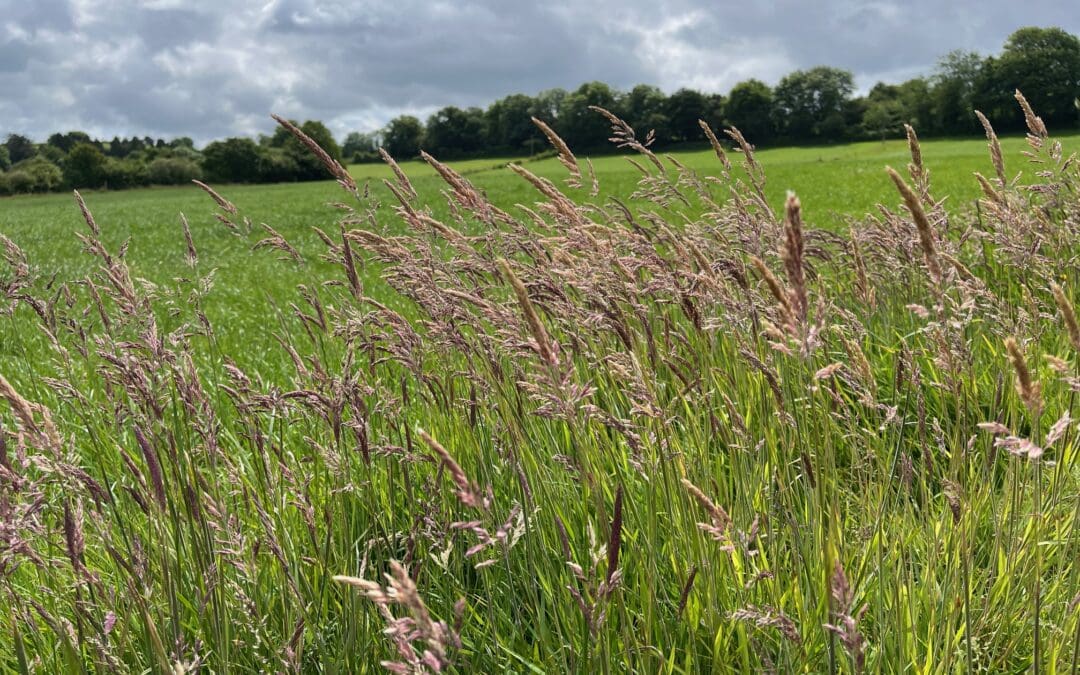Green Architecture
What is Green Architecture?
Green Architecture in agriculture encompasses a set of sustainable and eco-friendly approaches to both the design and construction of agricultural structures and the cultivation and management of agricultural landscapes. The overarching objective of green architecture in agriculture is to mitigate the environmental impact of farming activities while simultaneously fostering efficiency, resource conservation, and the health of ecosystems. Green architecture is a key priority area under Ireland’s CAP Strategic Plan. The fundamental principles of green architecture in agriculture include:
In summary, Green Architecture in agriculture is important to the wider movement towards sustainable and regenerative farming practices. It encompasses a holistic and integrated approach to farming that considers the efficient use of resources, the integration of renewable energy, biodiversity conservation, waste reduction, and community involvement. By embracing these principles, farmers can contribute to the overall enhancement of agricultural sustainability.
This theme within CAP Network Ireland covers a set of schemes which align to delivering the goals and objectives set out by the Department of Agriculture, Food and the Marine (DAFM). These include:
Green Architecture News

Important Dates for July and August 2025
This list is intended as a resource to stay up to date with the latest deadlines regarding schemes...

New Call for Proposals for Nature on Arable Farmland*
A new €7 million open call for project proposals under the European Innovation Partnership (EIP)...

Two Opportunities Still Available to Correct BISS Applications*
Two important opportunities are still available to farmers who wish to correct their 2025 Basic...
Glossary of Terms
Green Architecture Case Studies

Accidentally Becoming a Rural Hub
Accidentally Becoming a Rural Hub1. Overview2. Introduction3. Continuous Farm Investment4. Developing the Suckler Herd5. Developing Burren View Farm Eggs6. ACORNS7. Developing a Local Food Business8. Protecting Biodiversity1. Overview 2. Introduction 3. Continuous...

Effectively Mixing the Traditional with the Modern
Effectively Mixing the Traditional with the Modern1. Overview2. Introduction3. Continuous Farm Investment4. Developing the Suckler Herd5. Developing Burren View Farm Eggs6. ACORNS7. Developing a Local Food Business8. Protecting Biodiversity1. Overview ...

Sustaining The Land For The Next Generation
Sustaining The Land For The Next Generation1. Overview2. Introduction3. Buying The Farm4. Investing in The Farm5. Farming For The Love of it6. Farming Alongside Nature7. Keeping a Connection to The Land8. Image Gallery1. Overview  2. Introduction  3. Buying...
